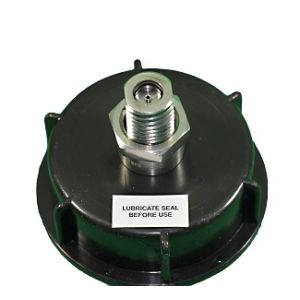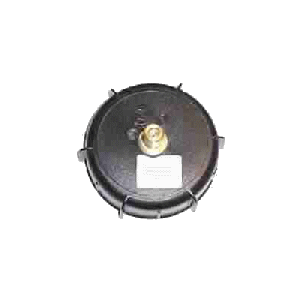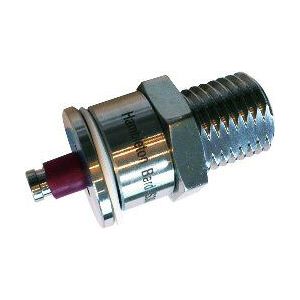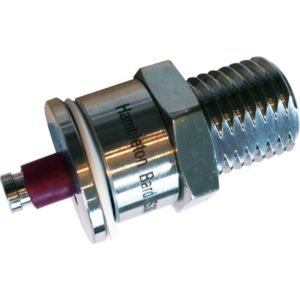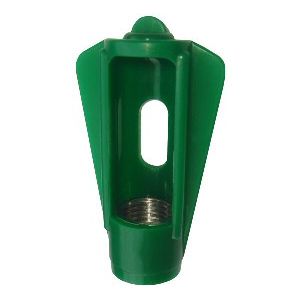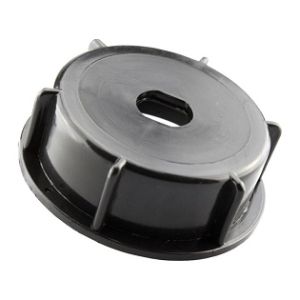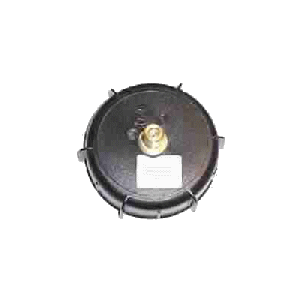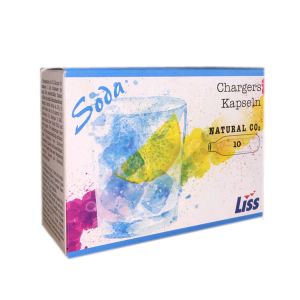Barrel Spares
Range of Home Brew Pressure Barrel Spares

- 2 Inch cap Washer Weltonhurst£1.32 £1.10
-
- 2 Inch cap for barrels with S30 Barrel valve - 45518£15.00 £12.50
- 2 Inch cap for barrels with SS PIN valve£18.96 £15.80
- 4 Inch cap for King Keg with S30 valve£18.00 £15.00
- Hambleton Bard Inlet Valve£12.00 £10.00
- Safety Valve Rubber (Yellow)£0.54 £0.45
-
- Valve Inlet Rubber Purple - 45538£0.60 £0.50
- Inlet Valve Rubber (Orange) - 45423£0.54 £0.45
- Valve Base Washer (Black)£0.78 £0.65
- Brass barrel valve inlet and relief valve - 7192£12.96 £10.80
-
-
-
-
- Sparkler Tap Replacement for Plastic Barrels£20.32 £16.93
- Adaptor / Sparkler Tap with John Guest Fitting£19.98 £16.65
- Stainless Steel S30 Valve Hambleton Bard£14.40 £12.00
-
- Hambleton Bard 4" Cap and Stainless Pin Valve£17.52 £14.60
-
-
-
- Spare Back Nut for Taps£0.96 £0.80
- 2 Inch Spare Pressue Barrel Cap with Hole£4.20 £3.50
- 4 Inch cap for King Keg with Pin Valve£18.00 £15.00
- Barrel Cap Spanner for 4" Barrels£3.00 £2.50
- King Keg Cap with Hole With Washer - NO VALVE£6.00 £5.00
-
- Stainless Steel Pin Valve with Holder and Box Co2 bulbs£21.60 £18.00
-
- Valve (O) Ring Internal£0.54 £0.45
- Cap Washer for King Keg£1.98 £1.65
- White 3/4" Tap with Anti Sediment Back Nut£3.00 £2.50
- Tap Washer (Black)£1.20 £1.00
-
- Liss / Mosa Co2 Charger Bulbs - pack of 10£5.64 £4.70
We have a range of pressure barrel spare parts, from washers to taps
Pressure Barrels and Explain How They Work in Home Brewing
Pressure barrels, also known as kegs, are used in home brewing as a vessel for carbonating and dispensing beer. They come in various sizes and shapes, but the most common one used in home brewing is the 5-gallon barrel.
The pressure barrel is made up of several parts, including the barrel itself, a lid with a pressure release valve, a tap, and a carbon dioxide (CO2) cylinder. The barrel is typically made of high-density polyethylene (HDPE) plastic, which is food-grade and can withstand the pressure of carbonation.
To use a pressure barrel, the beer is first fermented in a fermenting vessel, such as a plastic bucket or glass carboy. Once the fermentation is complete, the beer is siphoned into the pressure barrel and a predetermined amount of sugar is added to the barrel. This sugar is then fermented by the remaining yeast in the beer, producing carbon dioxide and carbonating the beer.
To dispense the beer, the barrel is pressurized with CO2 from the cylinder. The CO2 is connected to the barrel via a regulator, which controls the pressure and flow of gas into the barrel. The pressure forces the beer out of the tap and into a glass.
One advantage of using a pressure barrel is that it eliminates the need for bottling. Bottling can be time-consuming and messy, and can also introduce oxygen into the beer, leading to oxidation and off flavors. With a pressure barrel, the beer can be carbonated and served directly from the barrel, ensuring optimal freshness and flavor.
In conclusion, pressure barrels are an essential tool for home brewers looking to carbonate and dispense beer. They are easy to use and provide a convenient alternative to bottling. With the right equipment and technique, anyone can become a master home brewer.




